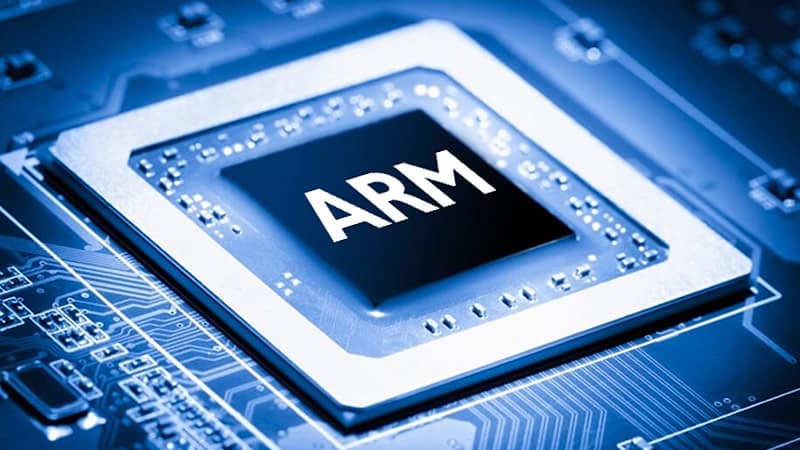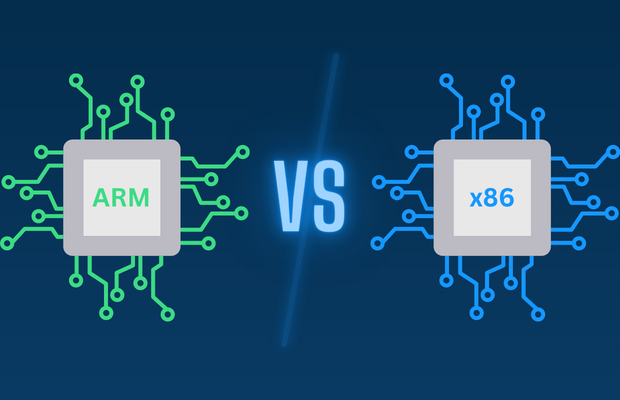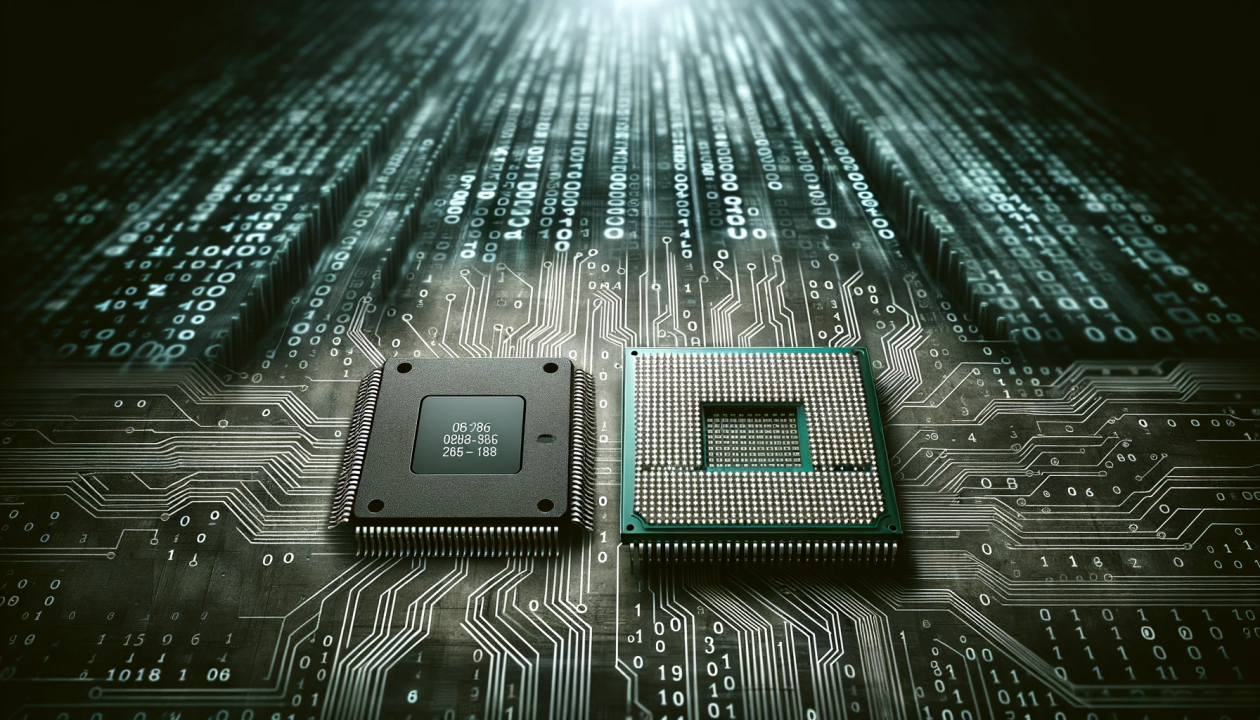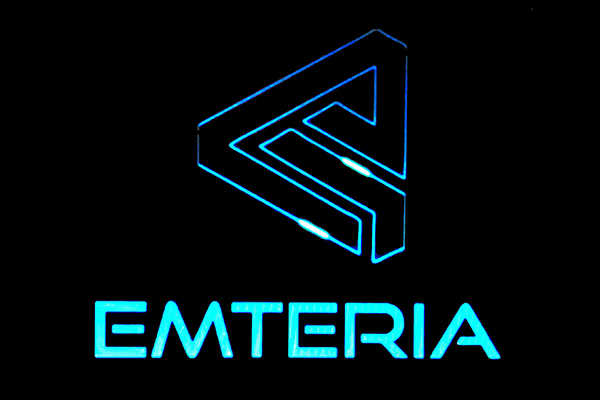The tech world is abuzz with the rise of ARM processors. Known for their energy efficiency and powerful performance, ARM processors are transforming everything from smartphones to servers. In this guide, we’ll explore the benefits and applications of ARM processors and take a closer look at Geniatech, a leader in ARM technology innovation. Get ready to dive into the future of computing!
What is an ARM Processor?
ARM processors are built around ARM architecture, a family of reduced instruction set computing (RISC) architectures for processor processors. Unlike traditional x86 processors from Intel and AMD, ARM processors are designed to be simpler, more energy-efficient, and cost-effective. Originally developed by Acorn processors in the 1980s, ARM processors have evolved significantly over the years. Let’s dive deeper to explore its advantages.

Benefits of ARM Computers
ARM computers are gaining popularity due to several compelling benefits that make them stand out in the tech landscape. Let’s explore these advantages in detail:
Energy Efficiency
One of the most notable benefits of ARM processors is their energy efficiency. ARM architecture is designed to perform tasks with fewer instructions, resulting in lower power consumption. This efficiency is particularly crucial for mobile devices, where battery life is a top priority. ARM-powered smartphones and tablets can operate longer between charges, providing users with a better overall experience.
Impressive Performance
Despite their low power consumption, ARM processors deliver impressive performance. They are capable of handling complex computations and multitasking with ease, making them suitable for a wide range of applications. From running sophisticated apps on smartphones to powering embedded systems in industrial applications, ARM processors offer robust performance without compromising on energy efficiency.
Cost-Effectiveness
Another significant advantage of ARM computers is their cost-effectiveness. The simpler design of ARM processors translates to lower production costs, which can result in more affordable end products for consumers. Additionally, the lower energy consumption of ARM-based devices can lead to reduced operational costs, especially in large-scale deployments like data centers.
These benefits highlight why ARM architecture is increasingly favored across various sectors, from consumer electronics to enterprise solutions. As we continue to demand more from our technology, ARM processors are poised to play a central role in meeting these needs efficiently and economically.
Popular Uses of ARM Processors
ARM processors have found their way into a diverse array of applications, thanks to their versatility, energy efficiency, and robust performance. Below are some of the most notable uses.

1. Mobile Devices
ARM processors are the backbone of the mobile device industry. Their low power consumption and high performance make them ideal for smartphones and tablets. Most modern mobile devices, including popular brands like Apple and Samsung, utilize ARM processors to ensure long battery life and smooth performance. These processors efficiently handle everything from basic phone functions to high-end gaming and multimedia applications.
Key Advantages in Mobile Devices
- Extended Battery Life: Low power consumption allows for longer usage between charges.
- High Performance: Capable of handling complex tasks such as gaming and multimedia.
- Compact Size: ARM processors’ small footprint is perfect for slim, portable devices.
2. IoT (Internet of Things)
The rapid growth of the Internet of Things (IoT) has further cemented ARM processors’ place in the tech world. ARM’s power-efficient design is perfect for IoT devices, which often need to run continuously on minimal power.
Common IoT Applications
- Smart Home Devices: Thermostats, security cameras, smart speakers.
- Wearable Technology: Fitness trackers, smartwatches.
- Industrial IoT: Sensors and monitoring equipment in industrial settings.
3. Servers and Data Centers
ARM processors are also making inroads into the server and data center markets. Traditionally dominated by x86 processors, these environments are increasingly adopting ARM architecture for its energy efficiency and cost benefits.
Advantages for Servers and Data Centers
- Energy Efficiency: ARM-based servers consume less power, leading to lower energy costs.
- Reduced Heat Generation: Less heat means lower cooling costs, contributing to greener data centers.
- Cost-Effectiveness: Lower energy and cooling costs result in significant savings.
These applications demonstrate the broad appeal and versatility of ARM processors. Their ability to deliver powerful performance while maintaining low energy consumption makes them suitable for a wide range of technologies and industries. As ARM continues to innovate and expand its capabilities, we can expect to see even more groundbreaking uses in the future.
ARM vs. x86
The debate between ARM and x86 architectures is a pivotal one in the tech world. Each has its strengths and is suited for different applications. Let’s dive into a comparative analysis to understand the key differences and advantages of each.

Technical Comparison: ARM Architecture vs. X86 Architecture
When comparing ARM and x86 architectures, it’s essential to understand their fundamental design principles and how these affect their performance and applications.
ARM Architecture
- Design: ARM is a Reduced Instruction Set Computing (RISC) architecture, which means it uses a smaller set of simple instructions for operations.
- Power Consumption: Known for its energy efficiency, ARM processors are designed to use less power, making them ideal for battery-operated devices.
- Performance: ARM processors excel in scenarios where power efficiency is crucial, such as mobile devices and IoT applications. They can handle multitasking effectively and support high performance in portable devices.
x86 Architecture
- Design: x86 is a Complex Instruction Set Computing (CISC) architecture, utilizing a larger set of more complex instructions.
- Power Consumption: x86 processors typically consume more power, making them less suitable for portable, battery-dependent devices.
- Performance: x86 processors are known for their high performance in desktop computers, laptops, and servers. They handle complex computations and resource-intensive applications efficiently.
Pros and Cons of ARM and x86
Each architecture has its own set of advantages and disadvantages, making them suitable for different types of devices and applications. Here’s a quick rundown of the pros and cons of ARM and x86 processors.
Pros of ARM Processors
- Energy Efficiency: Ideal for mobile devices and IoT applications.
- Cost-Effective: Lower production costs can lead to cheaper end products.
- Scalability: Suitable for a wide range of devices, from small IoT gadgets to large servers.
Cons of ARM Processors
- Software Compatibility: Fewer applications are optimized for ARM compared to x86, though this is changing.
- Performance in High-End Tasks: While improving, ARM processors can still lag behind x86 in certain high-end computing tasks.
Pros of x86 Processors
- Performance: Excellent for desktops, laptops, and servers requiring high processing power.
- Software Ecosystem: A vast array of software is optimized for x86 architecture.
- Versatility: Suitable for a wide range of computing tasks, from gaming to professional applications.
Cons of x86 Processors
- Power Consumption: Higher energy use makes them less suitable for battery-operated devices.
- Heat Generation: More power consumption leads to more heat, necessitating better cooling solutions.
In conclusion, both ARM and x86 architectures have their unique strengths and are suitable for different applications. ARM’s energy efficiency and cost-effectiveness make it ideal for mobile, IoT, and increasingly, server applications. Meanwhile, x86’s high performance and robust software ecosystem continue to make it the go-to choice for desktops, laptops, and high-end servers. As technology evolves, we can expect both architectures to innovate and adapt to meet the changing demands of the market.
ARM Solutions Provided by Geniatech
Geniatech is a globally recognized company specializing in the development of advanced ARM-based solutions. With a history of innovation and a commitment to pushing the boundaries of technology, Geniatech has established itself as a trusted name in the industry. Here are three key product lines that exemplify their commitment to innovation and quality.

Development Boards
Geniatech’s ARM-based development boards provide robust platforms for developers to create and test new applications. These boards are equipped with powerful ARM processors and a suite of development tools, enabling rapid prototyping and development. They support various operating systems and offer multiple connectivity options, making them ideal for applications in IoT, industrial automation, and education.
Embedded Systems
Geniatech’s embedded systems integrate ARM processors into versatile, high-performance modules. These systems are tailored for industrial applications, providing reliable and efficient performance in demanding environments. Features include robust processing power, low energy consumption, and extensive I/O options, which make them suitable for use in automation, smart home devices, and other embedded applications.
Systems on Module (SoM)
Geniatech’s ARM-based SoMs combine processors, memory, and essential components into compact, integrated modules. These SoMs offer flexibility and ease of integration, reducing development time and costs. They are designed for scalability and can be used in a wide range of applications, including industrial control systems, medical devices, and consumer electronics. Geniatech’s SoMs are known for their reliability and performance, providing a solid foundation for developing advanced products.
These solutions highlight Geniatech’s expertise in leveraging ARM technology to deliver high-quality, efficient, and reliable products tailored to the needs of modern industries.
Key Advantages of Geniatech’s ARM Solutions
Geniatech’s ARM solutions have been successfully implemented across multiple industries, showcasing their versatility and effectiveness. Here are key advantages of Geniatech’s products.
- High Performance: Geniatech’s products are designed to deliver top-notch performance, making them suitable for demanding applications.
- Energy Efficiency: By utilizing ARM processors, Geniatech ensures that their products consume less power, contributing to cost savings and environmental sustainability.
- Reliability: Geniatech is known for its reliable products that can operate continuously in various environments, from industrial settings to consumer electronics.
- AI Embedded: Geniatech’s ARM solutions come with AI capabilities embedded, enhancing their functionality and making them ideal for intelligent applications.
- One-Stop Customization: Geniatech offers comprehensive customization services for both hardware and software, providing tailored solutions that meet specific customer needs.
Geniatech’s dedication to innovation and quality positions them as a key player in the future of ARM computing. Their products not only meet current demands but are also designed to anticipate and drive future technological trends.
Conclusion
ARM processors offer remarkable energy efficiency, performance, and cost-effectiveness, making them ideal for various applications from mobile devices to data centers. Geniatech stands out with its innovative ARM-based solutions, driving the technology forward. As ARM continues to evolve, its impact on the tech industry will only grow. Explore ARM-based devices and stay updated on new advancements to leverage this powerful technology in your projects.

